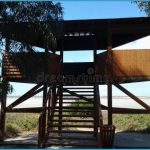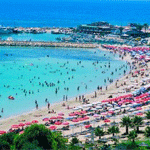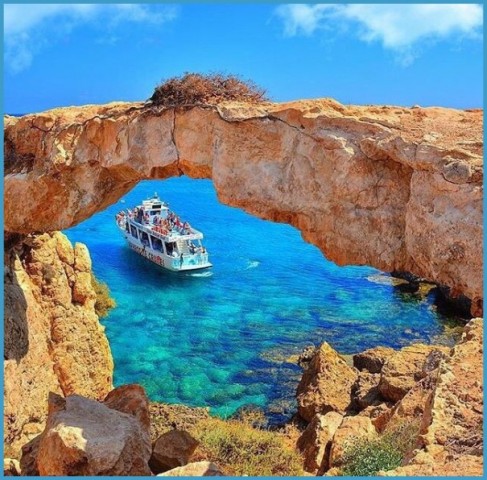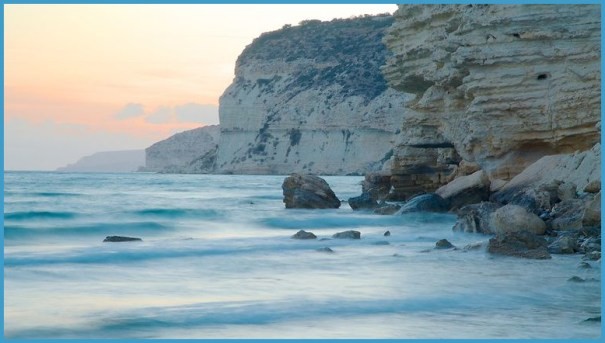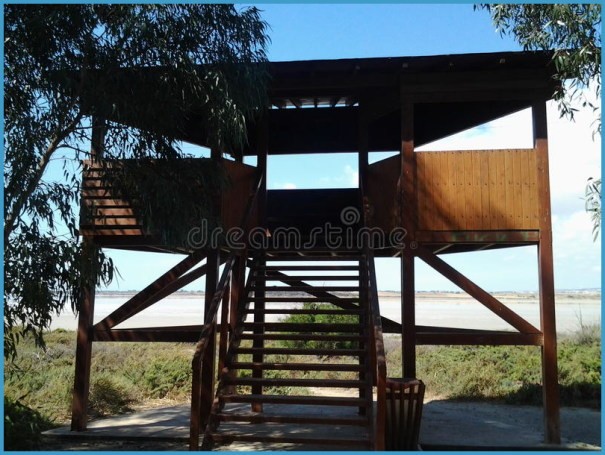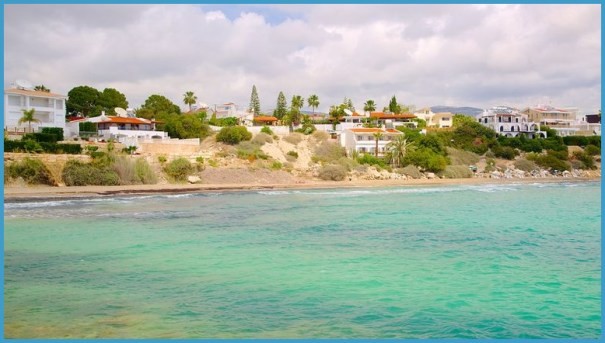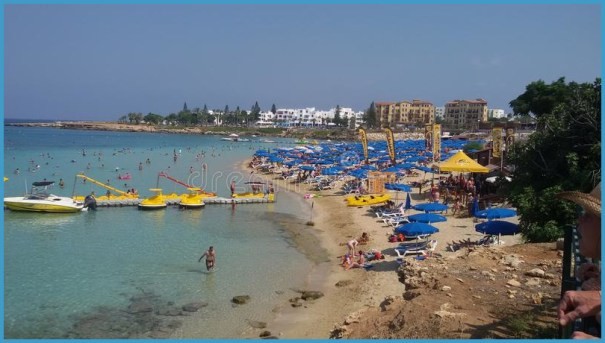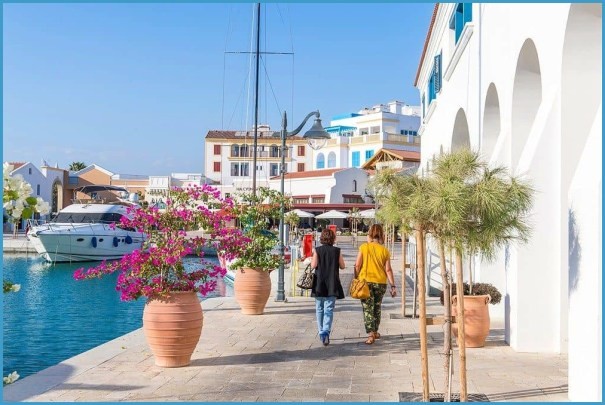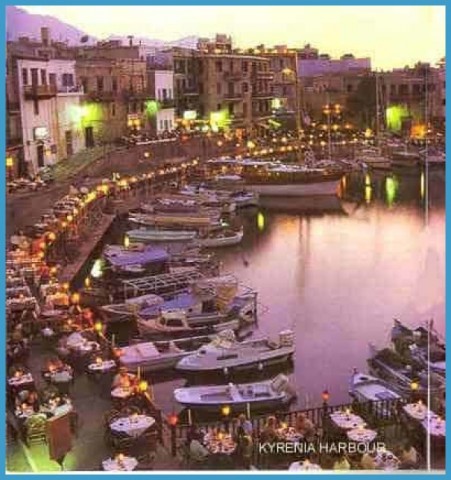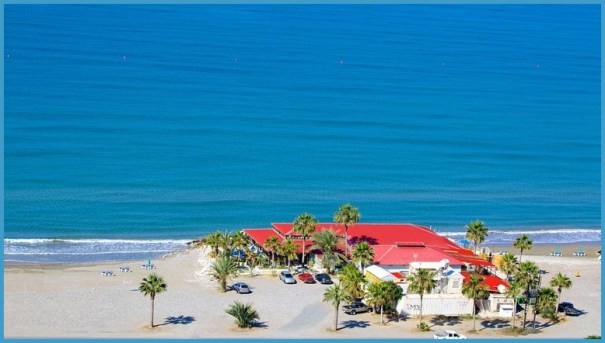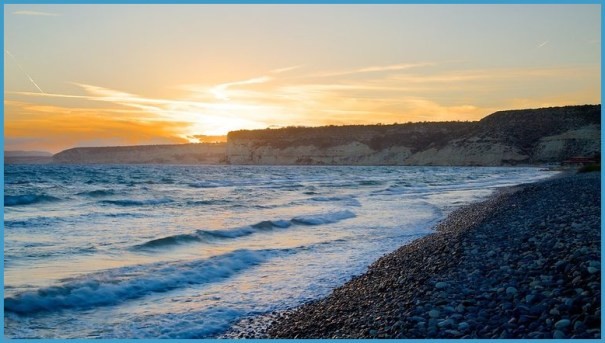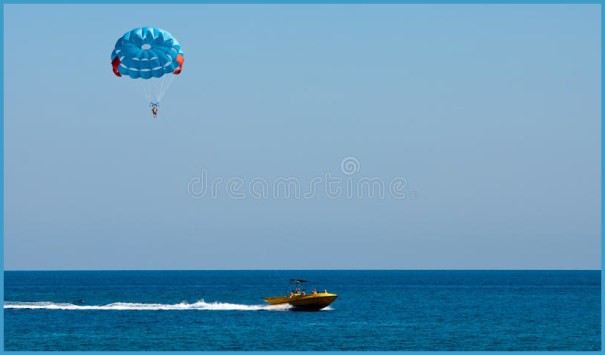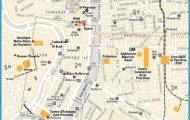The Tombs of the Kings
The Tombs of the Kings or the Palaiokastra (Old Castles), as also known, lie to the north-west of ancient Pafos. The site was the necropolis (cemetery) of Pafos with hundreds of underground rock-hewn tombs. Though there is no relation with kings, it is possible that eminent Ptolemies, living in Pafos, might have been buried in the tombs. Crosses and some mural paintings indicate that in early Christian times the tombs acted as refuge of the Christians. The tombs which date back to the 3rd century B.C. are reached by steps and have open peristyle courts surrounded by burial chambers. As the visitor can observe they are not all uniform. Columns can be either circular or rectangular; some burial chambers are well preserved, while others are utterly destroyed; a stepped road sometimes leads to an arched entrance, while elsewhere it ends up to a carved entrance; the staircase in some tombs is very narrow, while in others it is wide; the recesses or boxes on the cut walls are either small, destined for children, or large for elders.
Cyprus Vacations Photo Gallery
The Rock of Digenis Cyprus Vacations 2018, Packages Deals to Cyprus
The Rock of Digenis. A strong tradition pertaining to the relationship between Digenis and Rigaina, persists with regard to the huge rock north of the Fabrica hill, on the way to Pafos harbour. It is said that Rigaina, whom Digenis desired, had her house built on top of this hill. As in almost all folk tales, Rigaina would only marry Digenis if he managed to transport water for her from some distant location. Even though this was a Herculean task, Digenis undertook it, transporting the water through clay conduits, traces of which can still be seen west of Chlorakas village.
However, Rigaina did not keep her promise, something which enraged Digenis, who threw a huge rock at her from the Moutallos area, which landed right in front of her house. Rigaina riposted with equal rage, throwing her spinning needle, a granite stele, at Digenis, which landed in the fields underneath the Moutallos rise.
Cyprus Vacations & Travel | Cheap Vacation Packages
The Fabrica Hill. To the left of the main road towards Pafos harbour, there stands a hill featuring large caves and enormous rocks, known as Fabrica. According to Loizos Philippou, the hill was named as such because, during the Middle Ages, there stood at the site a textile mill. The underground caves are of sizeable proportions and their coated walls could, at some time, have been painted. Some of the caves are connected, while in others, stair cases bring you to the top of the hill. A number of openings in the roofs of the caves could have acted as skylights. The Fabrica hill probably dates back to Hellenistic times. It was used during Byzantine times, was quarried in later years and, according to Sakellarios, “its scooped out caves were used as storerooms”. Today, however, the hill intrigues every careful traveller, who awaits more research which will shed some light on the uses to which these underground caves were put.
The Garrison’s Camp. West of Fabrica Hill, just on the other side of the road, stands the so-called Garrison’s Camp. Rock-cut caves similar to those found at the Apollo sanctuary can be seen, believed to date back to the 4th c. B.C. According to one version, the underground rooms belonged to a subterranean altar from the Hellenistic period, while another possible interpretation is that the area was used as a military camp.
The Theatre. It lies on the southern slope of Fabrica hill. Though excavations have not yet revealed the entire structure, nevertheless the visitor can see the upper rows of the koilon carved into the rock. Five Greek letters on one of the stone seats indicate that the theatre dates back to the end of the 4th c. B.C. or beginning of the 3rd c. B.C. This proves that the theatre is one of the most ancient buildings of Pafos. Recent excavations by the University of Sydney have revealed that the theatre had a diameter of 80m and that it could accommodate 8.000 spectators. It was, most probably, the biggest theatre in Cyprus.




